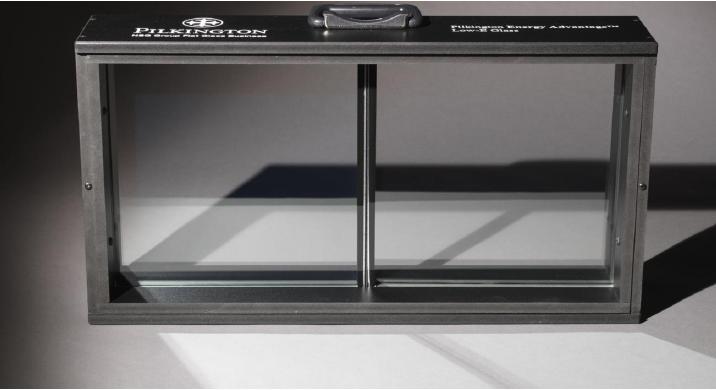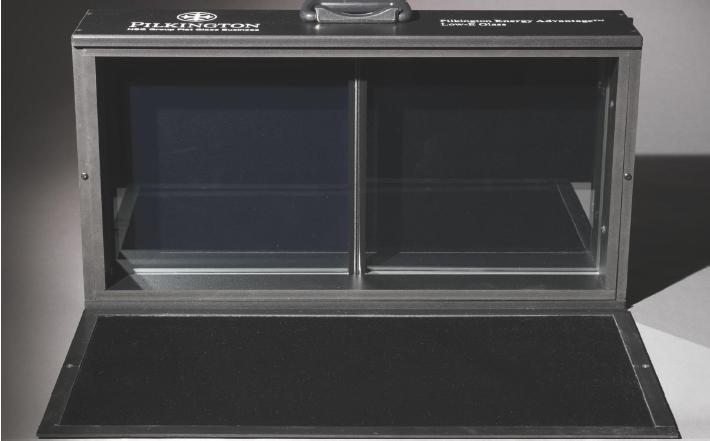The Drawbacks of Low E Glass
Low-e glass has become popular due to its performance benefits, viz. reducing heating and cooling costs, greater occupant comfort and achieving set energy ratings. However, there are a couple drawbacks to low-e coated glass.
Under certain conditions, low-e glass can exhibit a natural grey haze. This is particularly noticeable when the glass is in direct sunlight or viewed against a dark background. In most viewing conditions, this haze is not obvious.
Further, low-e coated glass can also reflect more colour, making the glass appear slightly different in colour to clear glass and therefore be more reflective. This is more noticeable when low-e glass is located right next to clear glass. In practice, this should be avoided as it looks better to have everything either clear or low-e.
These characteristics are difficult to show in samples or in photos. But homeowners who are uninformed about this may become concerned the glass is ‘dirty’ or defective. Unfortunately, it is simply a characteristic of low-e coating. The benefits and drawbacks should thus be weighed up before you choose.
There have been steps to reduce the haze in the manufacturing process. Below are two photos of low-e glass panes. The top pane is the old (2010 and earlier) pane and the bottom is the new form of low-e (2011 onwards). The top image is the glass in normal lighting conditions. The bottom image is the same set up, except with a studio spotlight to simulate direct sunlight and black velvet simulating a background shadow. Note, how the blue has been eliminated and the haze has improved, but still slightly present. Note also, the reflectiveness of the glass.

2011 Onwards

Before 2010
Please get in touch with our team for further information on low-e glass.